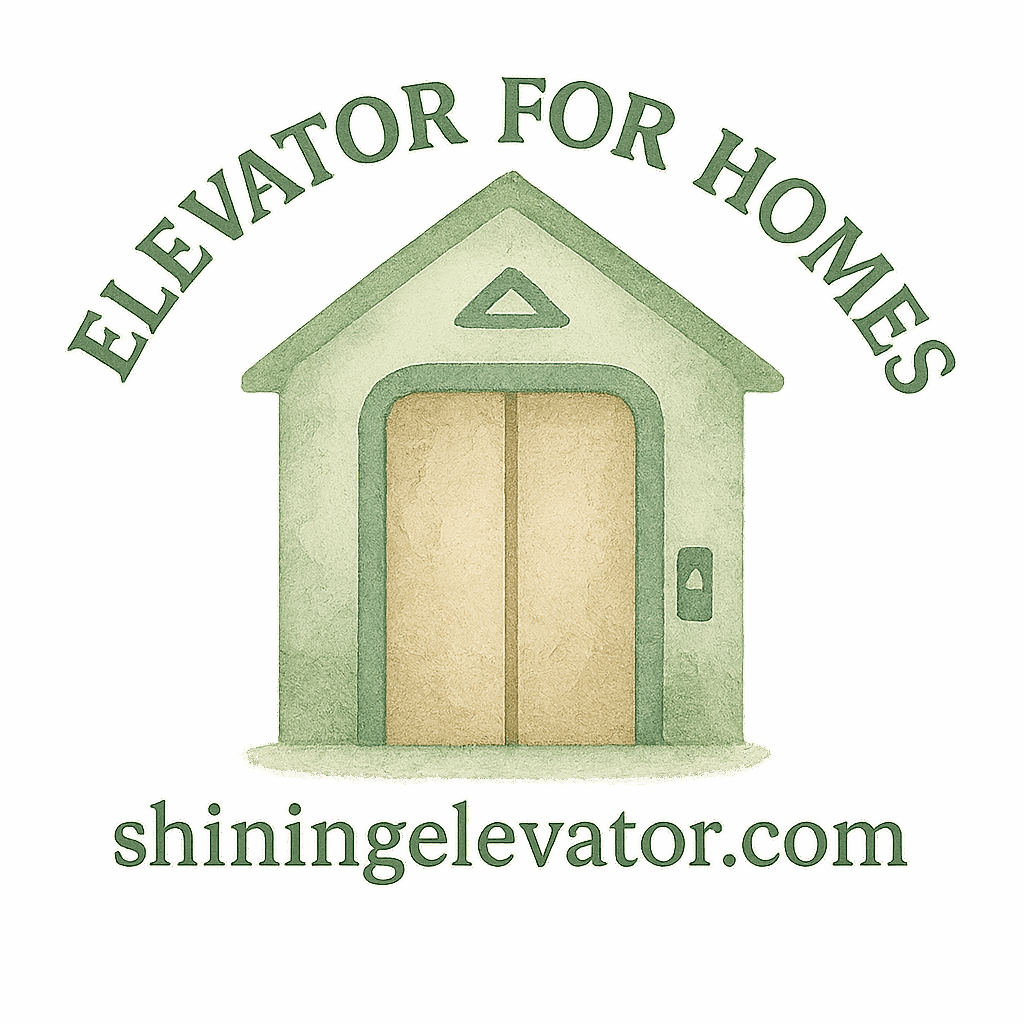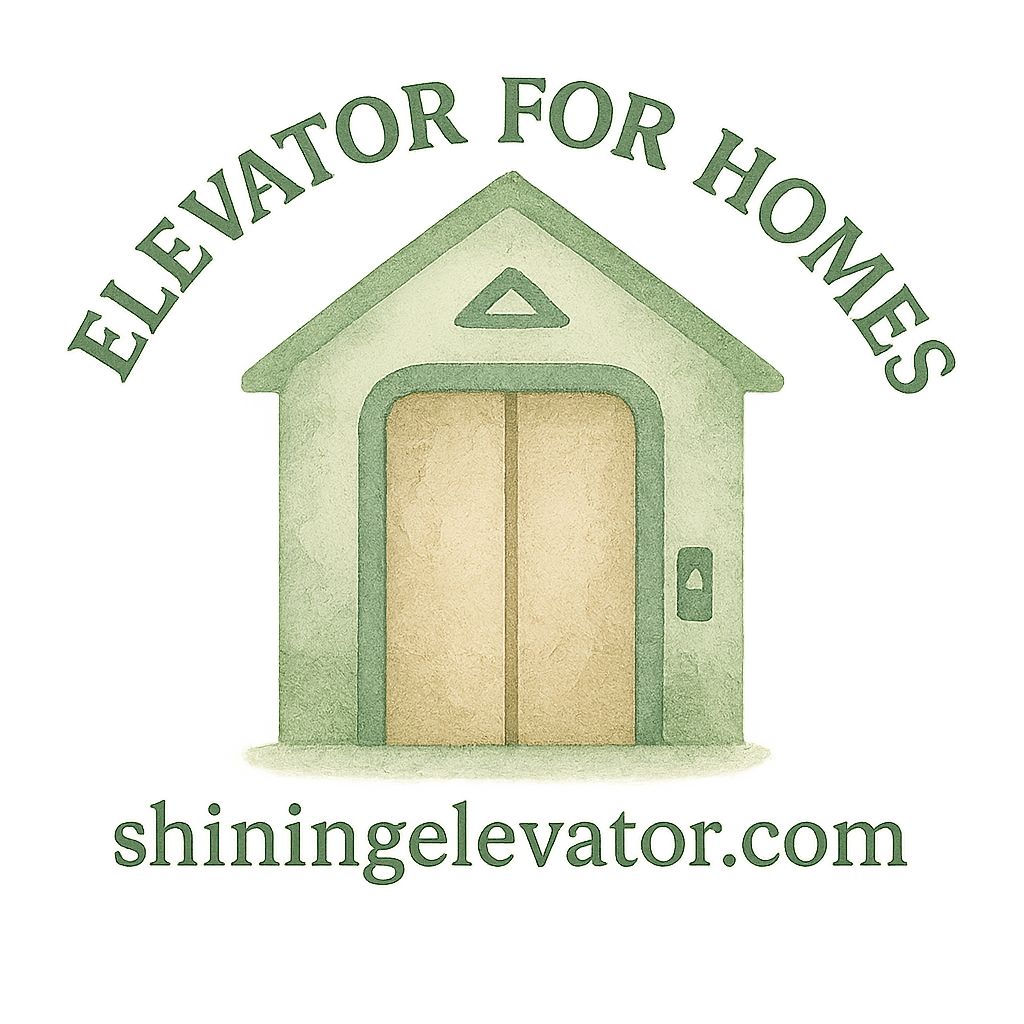Introduction
Residential elevators are no longer just symbols of luxury—they’re practical, safe, and accessible solutions for modern living. Yet, despite their growing popularity, there are still many misconceptions surrounding home elevator installation. From cost concerns to safety doubts, myths can hold homeowners back from making a decision that could dramatically improve comfort, safety, and home value.
In this guide, we’ll bust the 11 most common myths about residential elevator installation and uncover the truth about safety, affordability, design, and long-term benefits. If you’ve been considering a home elevator but worry about cost, space, or complexity, this article is for you.
Myth 1: Residential Elevators Are Only for the Wealthy
Affordable Options for Every Budget
Many homeowners assume that residential elevators are reserved for million-dollar mansions. The truth? Home elevators are more affordable today than ever. Thanks to new technology, compact lifts, and flexible payment options, homeowners can find solutions that fit their financial comfort.
Budgeting and Planning Smartly
With proper budgeting and planning, it’s possible to integrate a residential elevator without breaking the bank. Costs vary depending on size, features, and customization, but with so many elevator options available, there’s a match for almost every budget.
Myth 2: Elevators Take Up Too Much Space
Compact Elevator Designs
Homeowners with smaller houses often believe they don’t have enough space. In reality, modern compact elevators are specifically designed for small homes.
Space-Saving Lift Solutions
Space-saving lifts can fit into tight corners, closets, or alongside staircases. Installing a residential elevator no longer means sacrificing half your living room—it’s about smart design and placement.
Myth 3: Residential Elevators Are Unsafe
Modern Safety Standards
One of the biggest misconceptions is that elevators are dangerous. However, residential elevators today meet strict safety and accessibility standards, ensuring smooth rides, emergency brakes, backup systems, and child-safe controls.
Accessibility and Senior Safety
For older adults, a home elevator can be life-changing. Designed with senior safety in mind, elevators reduce the risk of falls and make multi-level homes safer for everyone.
Myth 4: Installing an Elevator Destroys Your Home’s Interior
Design Customization Options
Modern elevators come with endless design customization options. Whether you want a sleek, minimalist look or a luxurious, wood-paneled cabin, your elevator can complement your home’s style.
Luxury Looks Without Compromise
Homeowners looking for a luxury look don’t need to compromise. Today’s elevators enhance your home’s aesthetic rather than take away from it.

Myth 5: Only New Homes Can Have Elevators
Retrofitting Older Homes
Think elevators are only possible in new builds? Wrong. Many homeowners retrofit elevators into older homes. Expert elevator installation providers specialize in adapting designs to existing layouts.
Home Preparation Tips
Some home preparation may be needed, but it’s often simpler than expected. Structural assessments help determine the best placement with minimal disruption.
Myth 6: Maintenance Is Too Expensive
Understanding Maintenance Budgets
Maintenance doesn’t need to break the bank. Setting aside a maintenance budget ensures your elevator stays safe and reliable long-term.
Reliable Elevator Providers and Service
Partnering with trusted elevator providers guarantees fair installation rates and transparent service plans. Routine inspections are affordable compared to major home repairs.
Myth 7: Elevators Are Difficult to Operate
User-Friendly Controls
Today’s elevators are designed with simple, intuitive controls. Most models feature one-touch buttons and emergency call systems, making them accessible for children and seniors.
Accessibility for All Ages
From toddlers to grandparents, elevators are meant to support home accessibility. They’re no more difficult to use than a TV remote.
Myth 8: Residential Elevators Are Not Energy Efficient
Green and Cost-Saving Features
Modern elevators are designed with energy efficiency in mind. Some models consume less power than common household appliances.
Energy-Saving Elevator Types
Depending on your choice, certain elevator types and features include regenerative drives and LED lighting, lowering monthly energy bills while keeping the environment in mind.
Myth 9: The Installation Process Is a Nightmare
Step-by-Step Elevator Process
Homeowners often imagine months of noise, dust, and disruption. In reality, the elevator process is streamlined. Professional installers can complete most projects within weeks.
Choosing the Right Elevator Companies
Working with experienced elevator companies ensures smooth planning, efficient work, and minimal disruption to daily life.
Myth 10: Home Elevators Don’t Add Property Value
Increased Home Accessibility
Far from reducing value, elevators boost a home’s appeal. More buyers today are searching for houses with home accessibility features, especially those who plan on aging in place.
Long-Term Investment Value
Think of an elevator as an investment, not an expense. It improves lifestyle, safety, and resale potential—especially in competitive housing markets.
Myth 11: All Residential Elevators Are the Same
Elevator Types and Features
From hydraulic lifts to pneumatic systems, there are countless residential elevator options. Each comes with unique benefits, from quiet operation to compact footprint.
Customization and Options
Beyond function, elevator customization allows homeowners to tailor cabin size, finishes, and technology. No two elevators need to be alike.
Conclusion
Residential elevators have moved beyond the realm of luxury—they’re practical, affordable, safe, and customizable for every homeowner’s needs. By busting these 11 myths about residential elevator installation, it’s clear that concerns about safety, cost, and complexity are outdated. Whether you’re preparing your home for the future, supporting elderly family members, or simply adding convenience, a home elevator is a smart investment in both comfort and value.
If you’re ready to explore your options, start with trusted resources like Shining Elevator to discover everything from budget planning to installation and maintenance.
FAQs
1. How long does it take to install a home elevator?
Most residential elevator installations take between 2–6 weeks, depending on the complexity and design.
2. Are residential elevators safe for elderly people?
Yes. With built-in safety features and senior safety design, they’re safer than climbing stairs.
3. How much does a residential elevator really cost?
Costs vary, but thanks to flexible elevator cost options, many models fit average homeowner budgets.
4. Can I customize my elevator’s interior design?
Absolutely. From interior design finishes to luxury details, customization is part of the appeal.
5. Do elevators require a machine room?
Not always. Many modern residential lifts come with machine-room-less designs, perfect for small spaces.
6. How do I choose the right elevator provider?
Look for experienced elevator providers with transparent pricing, solid reviews, and good warranties.
7. Are compact elevators a good solution for small homes?
Yes. Small home elevators and compact designs are excellent solutions when space is limited.


